When you start looking for information about Botswana and what to see in this fantastic country, you discover that it is one of the best countries to see nature in the wild and get excited about the new things you learn day after day from it.
One of them, which was unknown to us, was that there were inland deltas. We have always been taught in school that a delta is a geographical feature formed at the mouth of a river by the accumulated sediments it carries and is found next to the sea. But as always, there are exceptions, one of which is the special Okavango Delta.
The Okavango Delta is an inland delta of about 700,000 square meters. It is formed by the Kavango River, which after being born in Angola, crossing Namibia, reaches Botswana and creates one of the most curious landscapes and ecosystems on the planet. This is where the river does not flow into the sea, but flows into the plain of the Kalahari Desert. That’s why we say it’s a special case, because aside from being an inland delta that has few, it’s the largest in the world.
This nature reserve is one of the most unchanged unspoilt areas by the human footprint. When you get to the delta, you realize that you are part of nature, the delta and the strange connection that is established with the animals you see. It is home to more than 1,300 species of trees and plants, 460 species of birds, and many herbivores and their predators. You can see four of the big Big Five (the lion, the cheetah, the buffalo and the elephant).
You can see 3 different types of ecosystems:
– In the northern part: we find a more fluvial landscape with small villages that have been built around the river. There are not many mammals in the area, but many bird species can be spotted.
– The delta: We can find large mammals and unique species around the world, such as swimming lions, which need to dive into the water to survive.
– The savannah: is the wildest area where herbivores and predators can be found in their natural habitat. It has restricted access due to its preservation.
Due to its great animal wealth and beauty, in 2014 this area was declared a World Heritage Site by UNESCO.
When is the best time to visit the Delta?
The delta is accessible all year round. December to March is the rainy season, so the landscape will be greener but you will see fewer animals as they will be more scattered as water is found everywhere. Many of the roads disappear due to flooding. The temperature is higher in these months. This is the time when most herbivores give birth to their young.
However, from June to September, it is the best time as the rainy season has already stopped and the animals are concentrated around the course of the river and its tributaries. At the same time, it is the coldest months in the climate of Botswana and also in which the flow of the river is greater due to the previous months of precipitation. These are the months when it rains the least.
We went to Botswana in August 2019, a year that was very bad in terms of rainfall. During the period 2018-2019, the rains at the headwaters of the river (Angola) were much lower than the average of the previous 5 years, and this fact meant that there was very little water when we visited the Delta. Due to this, we could not make the trip to Mokoro and the flight by plane had to go deeper into the delta to see water.
Climate change has generally made the whole delta rain much more torrential and temperatures have risen 3 degrees on average. According to an IPCC report, about 25% -40% of mammals in South Africa’s nature parks could be in danger of extinction by 2080 due to drought. It is up to us to mitigate the effects of climate change and protect this amazing present from the nature.
How to visit?
One of the best ways to visit the Okavango Delta is from the city of Maun. We could say that Maun is the town that acts as the gateway to this delta, where there is not much to visit but from which it is the easiest way to organize activities to visit it. It is useful to be able to take provisions for the route through the natural parks, as it has numerous supermarkets, as well as to make a “stop” on the way, to rest and take advantage of the luxuries and comforts of the city, such as it can be going to a good restaurant or enjoying a good shower!
The two easiest and cheapest ways to see the Okavango Delta are by doing some of these activities:
- A journey with mokoro:
This traditional boat is a canoe used especially in this area, which is propelled through the shallow waters of the delta or river, standing aft or bow by a person and pushing with the mast. It is used by local people for fishing or for moving, but lately it is also intended for tourism.
There are various excursions organized from Maun, where you are taken by car to the river bank, where you then take the mokoro and make a trip with this boat through the various tributaries of the Kavango River. It is a quiet way to enjoy the landscape and the animals: hippos, elephants, crocodiles, fishing birds… Thanks to the silence of not carrying a motor, these can be seen more easily and not be frightened immediately.
A day trip with a mokoro can usually cost between 700-800 Pulas (you can book it at the same place where you are staying, for example at The Old Bridge Packers). They can also be booked from the OKMCT association, Okavango Kopano Mokoro Community Trust, where the amount paid goes entirely to the community.
2-3 day overnight tours with tents in the middle of the delta are also possible.
- A plane flight to fly over the delta:
For us, it is the best way to see the Okavango Delta and realize its immensity. From above, with a bird’s eye view, you can really see the shapes that this delta creates, all the labyrinthine tributaries in the form of roots that branch off from the main river. To do so, go to Maun Airport and ask the price to different airlines flying over the delta (Mack Air, Delta Air, Major Blue Air, Kavango Air, Wilderness Air, Air Shakawe, Moremi Air, Safari Air and Helicopter Horizons). They all usually offer the same thing: an hour of flight that becomes a strict 45 minutes flying over the delta, although you can talk about extending the time by paying more.
The price will vary depending on the number of passengers on the plane. All passengers are guaranteed a window to see the scenery. We booked the afternoon before, a little fair, but we found place. It cost us 980 Pulas per person through the company Air Shakawe, sharing the plane with 2 more people (we were 4 in total, plus the pilot).
It is recommended to make the flight in the late afternoon, around 4pm, so this will be the time when there is the best light of the sunset. You should also make sure that if you are prone to dizziness, take an anti-dizziness pill first, as the plane, being small and light, moves quite a bit.
- Safari through the Moremi Nature Reserve:
Moremi is a nature reserve located in the famous and strange Okavango Delta. The landscape of this park is very different from the others, because it alternates the river plain with water channels, with more extensive land (especially in the dry season), making this park one of the best in Botswana to see fantastic scenery. It is in this reserve, where you can enjoy driving in a 4×4 wildly crossing it from North to South with your own car; or else you can book a safari from the nearest town, Maun. If you want to know more about this Reservation, click here.
Where to sleep?
Maun enjoys the benefits of being the center of operations for the Okavango Delta and for a safari in the Moremi Nature Reserve. It is therefore a good stopping point or even, as a base point to discover this area of the country.
There is plenty of accommodation in Maun, although there are many that are expensive. We recommend:
– D&K GUESTHOUSE: We booked an offer through Booking in this GuestHouse due to being close to the city center. They have an inner courtyard to store the car but the toilet / shower in the room was not very well maintained. It cost us 27€ between the two. They do not accept card payment.
– THE OLD BRIDGE BACKPACKERS: Located 10 km from the center of Maun, this guest house has some camping sites, including furnished tents. The campsite costs about 100 Pulas/night/person. They organize many excursions in the surroundings. For more information, click here.
– MAUN REST CAMP: It is managed by the owners of the “Old Bridge Backpackers”. It is a camping site, which usually costs about 100 Pulas/night/ person. It is located next to the river, there are quite a few insects. For more information, click here.
– AUDI CAMP: It is located 12 km from Maun and is a good camping site. There is also the possibility of booking a room. It has good views of the Thamalakane River and has a swimming pool, bar, restaurant… It also organizes Delta excursions and safaris to Moremi. For camping pitches, the price is 110 pulas per person per night; and for double rooms, 240 pulas per person per night. For more information, click here.
– THAMALAKANE GUESTHOUSE: This guesthouse is simple and clean. Situated only 7 km from the city center, guests are well located to enjoy the town’s attractions and activities. About 40€ for a double room overlooking the garden. It has a swimming pool. For more information and to book, click here.
– THE WATERFRONT: A superior hotel, located 8 km from the city center, on the banks of the River Thamalakane. It has standard rooms as well as luxury rooms. All have a small balcony overlooking the river. Good internet connection. Double rooms usually cost around 135€ with breakfast included. For more information and to book, click here.
In Maun we will also find all the essential services such as hospitals, supermarkets, restaurants and shops for shopping. For food, we can recommend an Indian restaurant that also serves international food and is right in front of Maun Airport (Pizza Plus Coffee & Curry); the Tswii Cafe & Kitchen (or also Tshilli Community Farmstall) on Sir Seretse Khama Road, also close to the airport, where you can enjoy good breakfasts, natural juices and beautiful surroundings; and the Motsana Center & The Arts Cafe which is further away from Maun (on the main road from Maun to the Moremi Reserve) and where you will find good coffee, good food and craft shops.

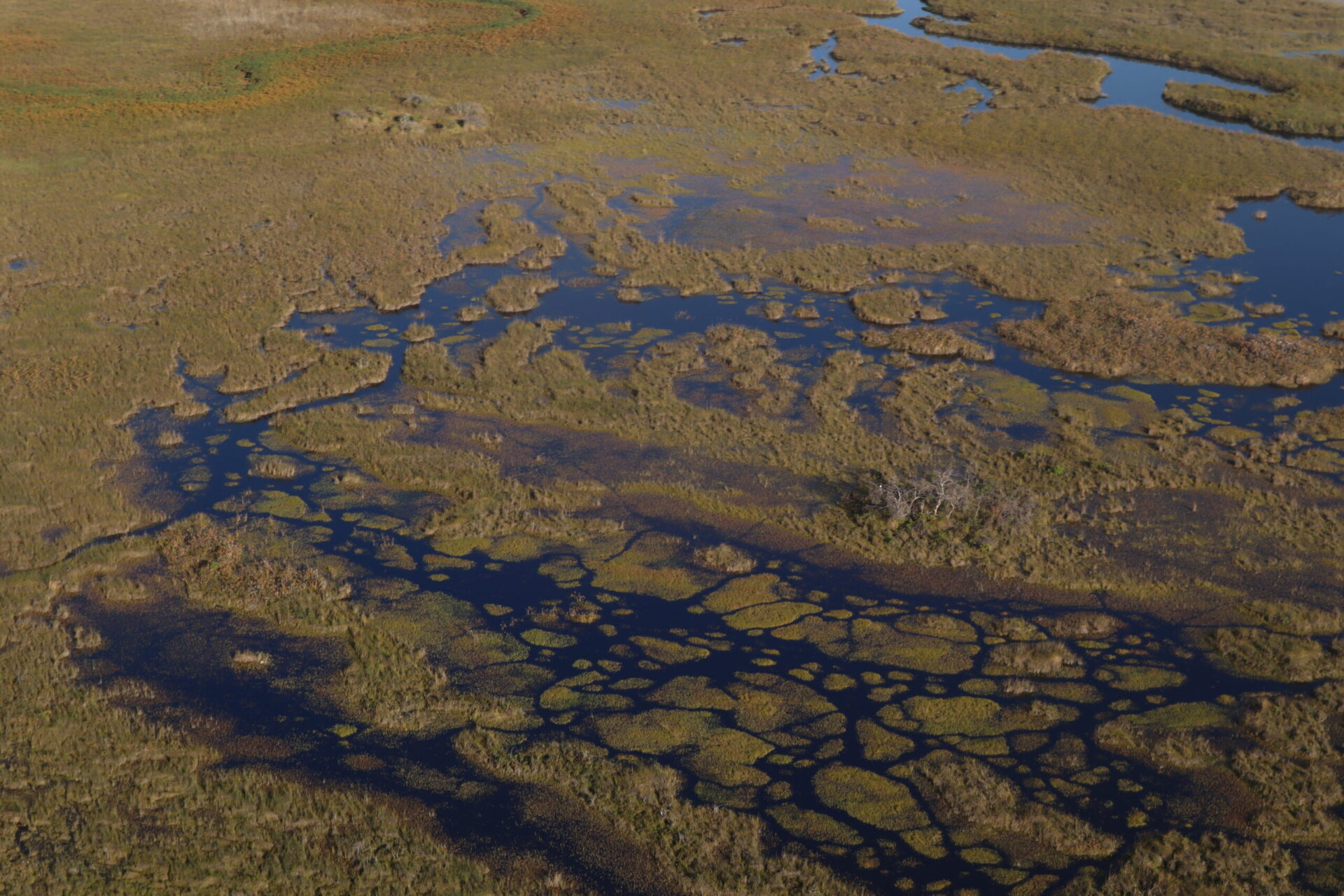



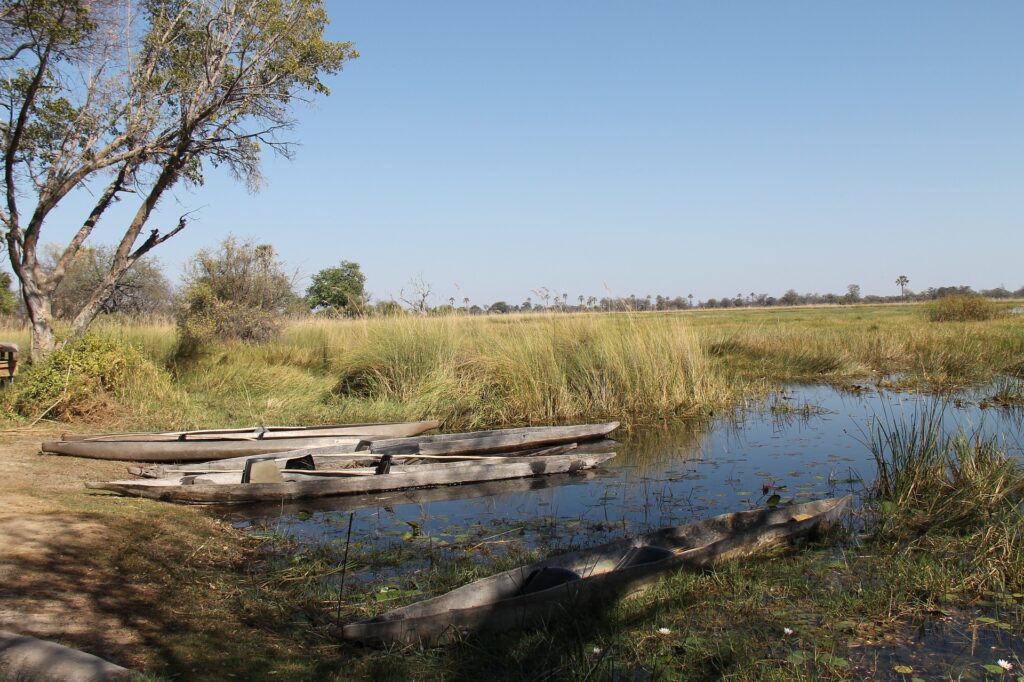
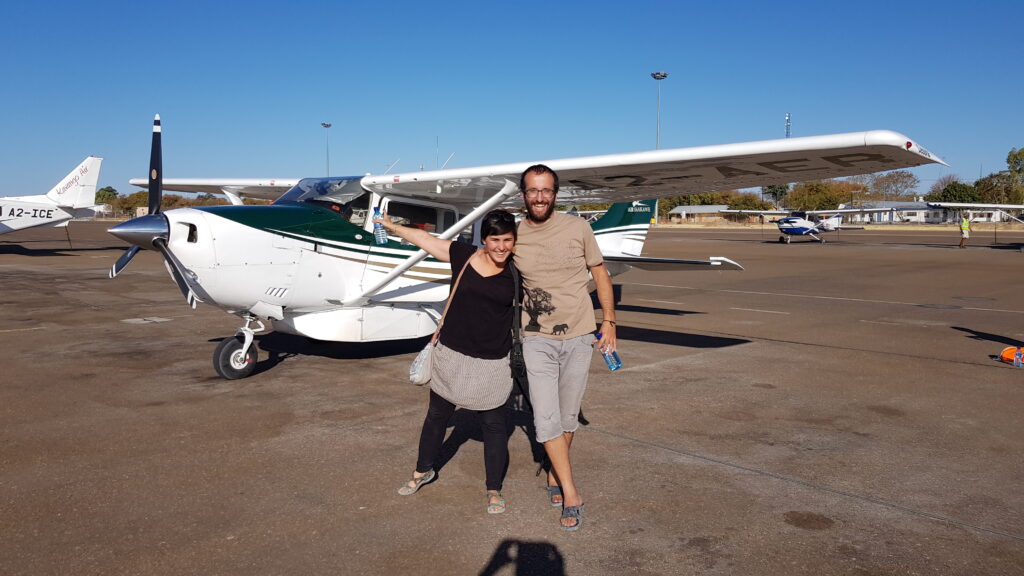


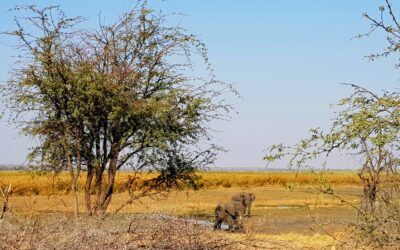
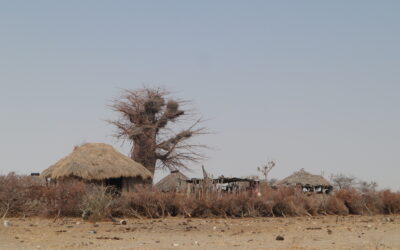
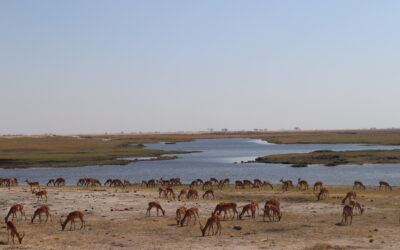

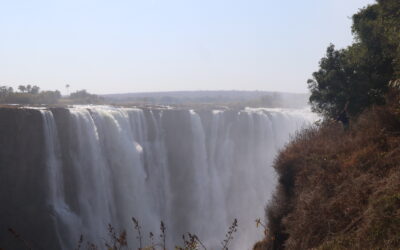

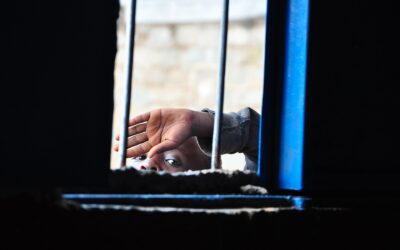

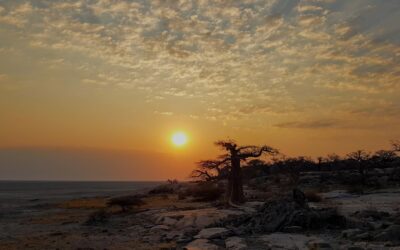

0 Comments